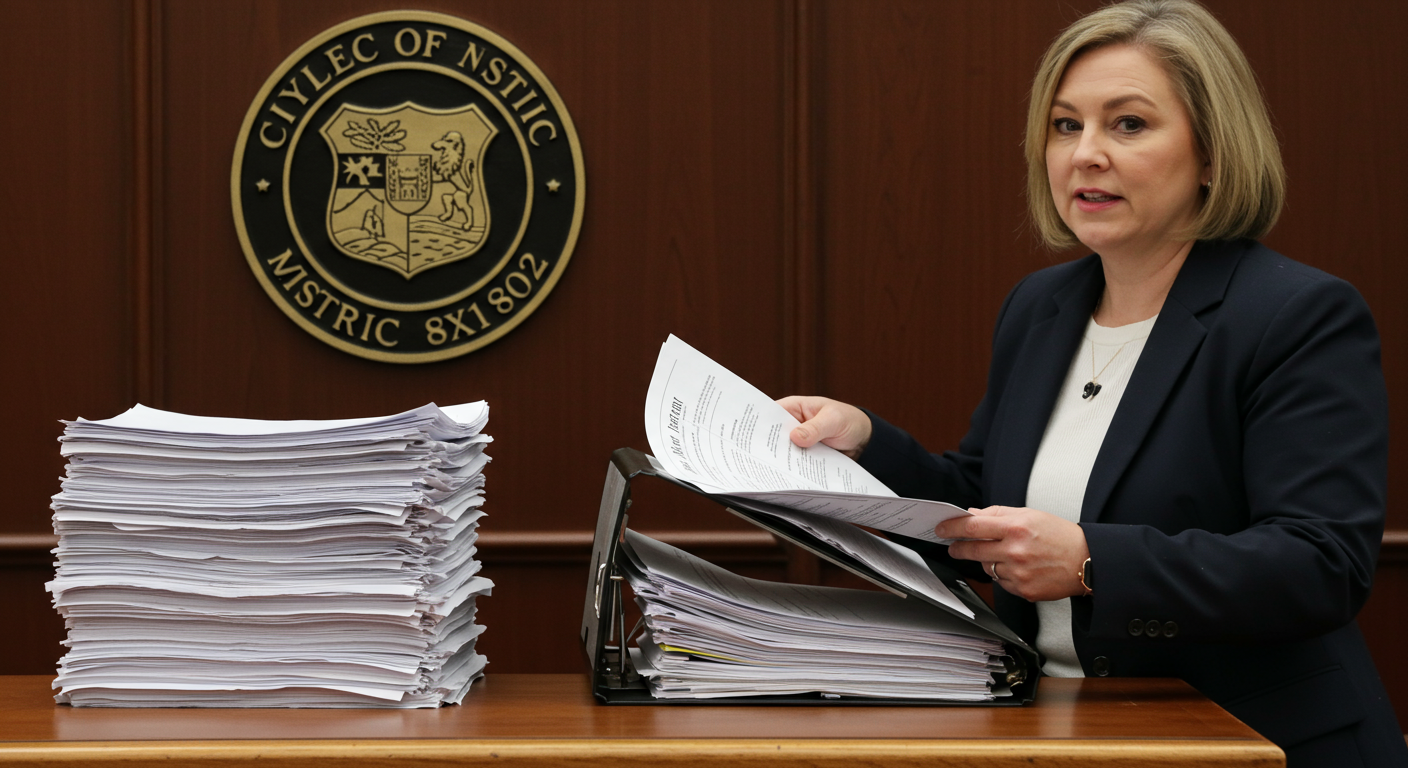- Understanding Errors & Omissions (E&O) Insurance
- Why Public Administrators Need E&O Coverage
- Common Liability Risks in Public Administration
- Key Features of E&O Insurance Policies
- Policy Limits and Deductibles Explained
- Claims-Made vs. Occurrence Policies
- How to Assess Your E&O Insurance Needs
- Best Practices for Risk Management
- Case Studies: E&O Insurance in Action
- Tips for Selecting the Right Insurer
- Conclusion
1. Understanding Errors & Omissions (E&O) Insurance
Errors & Omissions Insurance, often called E&O, protects professionals against claims of negligent acts, mistakes, or omissions in the services they provide. Public administrators oversee budgets, policies, and programs that affect communities. A simple oversight or reporting error can lead to legal actions, financial penalties, or reputational damage. E&O insurance steps in to cover defense costs, settlements, or judgments. The policy fills gaps that general liability insurance does not address, focusing on professional advice and administrative services.

2. Why Public Administrators Need E&O Coverage
Public administrators face unique challenges. They draft policies, allocate public funds, and ensure compliance with regulations. A minor clerical error or a missed deadline can trigger lawsuits from stakeholders or taxpayers. E&O insurance shields administrators from personal financial losses and helps maintain public trust. It also reassures boards, councils, and community members that any mistakes will be managed professionally. In an era of heightened accountability, E&O coverage is a vital risk-management tool for every public organization.
3. Common Liability Risks in Public Administration
Decision-making in public administration involves many moving parts: budget planning, grant management, contract drafting, and policy enforcement. Each step carries risk. Misinterpreting a regulation can lead to fines. Failing to report accurate financial data may attract audits. Awarding a contract to the wrong vendor can result in project delays or substandard work. Employee disputes, data breaches, and wrongful termination claims also pose threats. E&O insurance addresses these liabilities by covering legal expenses and potential settlements.

4. Key Features of E&O Insurance Policies
E&O policies vary by insurer, but they share core features. First, they cover claims arising from alleged errors in professional services. They typically include legal defense costs, even if claims lack merit. Many policies offer coverage for regulatory investigations and administrative hearings. Some include crisis-management support, such as public relations assistance following a high-profile claim. Extensions may cover cyber liability, employment practices, or fiduciary breaches. Look for policy language that explicitly names public administration activities and includes worldwide coverage if needed.
5. Policy Limits and Deductibles Explained
Policy limits represent the maximum amount an insurer will pay per claim and in total. Common limits range from $500,000 to $5 million, depending on organizational size and risk exposure. Deductibles are the portion you pay out of pocket before coverage applies. Higher deductibles lower premium costs but increase your upfront expenses when filing a claim. Choosing the right balance involves evaluating your budget, past claim history, and risk tolerance. Consider purchasing an aggregate limit that covers multiple claims within the policy period.

6. Claims-Made vs. Occurrence Policies
E&O insurance comes in two main forms: claims-made and occurrence. Claims-made policies cover claims reported during the policy period, regardless of when the error occurred, as long as the act took place after the retroactive date. Occurrence policies cover incidents that happen during the policy period, even if reported later. Claims-made policies are more common and more affordable initially, but they require continuous renewal and possible tail coverage when you switch insurers. Occurrence policies often carry higher premiums but offer broader long-term protection.
7. How to Assess Your E&O Insurance Needs
Start by analyzing your organization’s activities, past incidents, and potential financial impact of a claim. Identify the areas where errors or omissions could occur—grant applications, environmental assessments, public procurement, and regulatory compliance. Calculate your annual budget and consider contract values. Compare those figures to typical settlement amounts in similar cases. Survey other municipalities or agencies to benchmark coverage. Engage risk-management professionals or insurance brokers specializing in public sector E&O to fine-tune your assessment.
8. Best Practices for Risk Management
Implement clear processes and documentation standards to reduce mistakes. Standardize policy drafts, approval workflows, and reporting templates. Train staff regularly on regulatory updates and ethical guidelines. Maintain detailed records of decisions, communications, and justifications. Use checklists for critical tasks like budget submissions and contract awards. Conduct internal audits to detect potential issues early. Foster open communication so employees feel comfortable reporting errors. A proactive risk-management plan not only lowers claim frequency but also demonstrates due diligence to insurers.
9. Case Studies: E&O Insurance in Action
Case Study 1: A small county planning department issued a permit based on an outdated zoning regulation. Once discovered, local businesses sued for construction delays. The county’s E&O policy covered legal defense and settlement costs, saving local taxpayers from a significant financial burden. /n
Case Study 2: A city clerk inadvertently misplaced public bids, causing a vendor to miss a submission deadline. The vendor claimed lost revenue and sued for damages. The city’s E&O insurer handled the defense and negotiated a settlement, protecting the clerk’s personal assets. /n
Case Study 3: A public health agency reported inaccurate data on disease incidence. A media outlet threatened reputational harm. The agency’s E&O policy provided crisis-management support and covered public relations costs, helping restore community confidence.
10. Tips for Selecting the Right Insurer
1. Specialization: Choose insurers with experience in public sector E&O, not only general professional liability. /n
2. Financial Strength: Verify ratings from agencies like A.M. Best, Moody’s, or Standard & Poor’s. /n
3. Policy Customization: Ensure the policy covers specific public administration functions, including regulatory investigations and data errors. /n
4. Claims Handling: Investigate the insurer’s track record for claims response time, legal network quality, and settlement negotiation skills. /n
5. Risk-Management Services: Seek insurers offering training resources, document templates, and audit support. /n
6. Pricing Transparency: Compare quotes on a per-risk basis. Understand what drives premiums—claim history, revenue size, employee count. /n
7. Renewal Flexibility: Look for policies that allow retroactive date portability or offer affordable tail coverage.
Conclusion
Errors & Omissions insurance is a vital safeguard for public administrators. It fills coverage gaps left by general liability policies and protects against financial, legal, and reputational fallout from professional mistakes. By understanding policy features, comparing claims-made and occurrence forms, and assessing organizational risk exposure, public entities can secure the right E&O coverage. Combined with strong risk-management practices, E&O insurance ensures public administrators can focus on serving communities with confidence and transparency.
